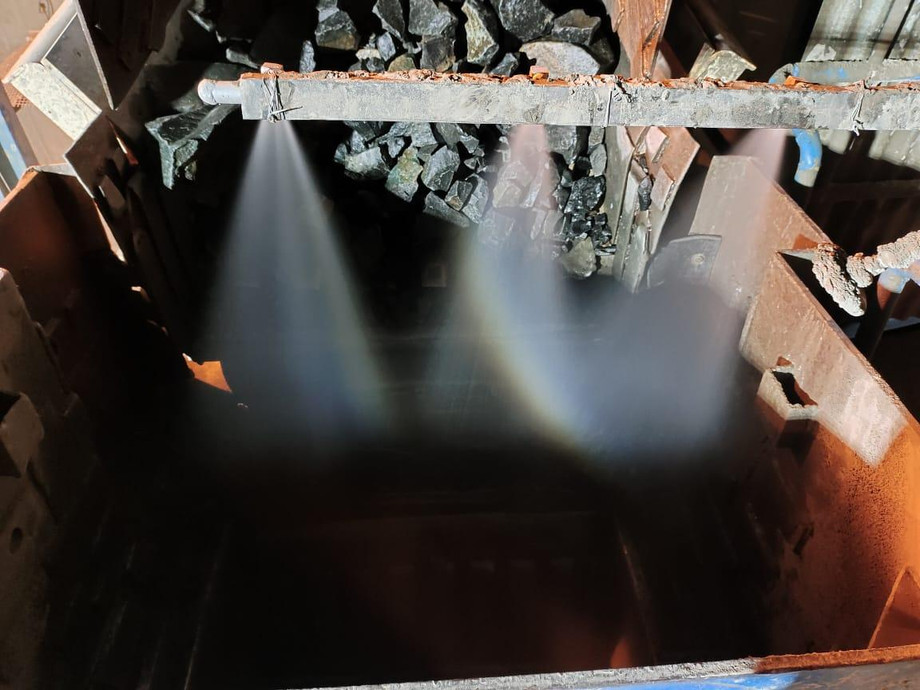Introduction:
Dry Fog Systems are innovative solutions designed to control humidity levels in various environments. Unlike traditional methods that rely on wetting surfaces with water, dry fog technology generates a fine mist that suspends in the air without causing wetness. This article explores the working principles of Dry Fog Systems and their application in effective humidity control.
Working Principles:
Dry Fog Systems operate on the principle of producing micron-sized water droplets, typically ranging from 7 to 30 micrometers in diameter. These tiny droplets create a fog that remains suspended in the air for an extended period. The key to the system's success lies in the production of an extremely fine mist, often referred to as dry fog due to its lack of visible wetness.
Ultrasonic Technology:
One common method employed by Dry Fog Systems involves the use of ultrasonic technology. Ultrasonic transducers vibrate at high frequencies, causing water to break into tiny droplets. These droplets are so fine that they become nearly invisible, creating a dry fog that blankets the targeted area. The ultrasonic technology ensures efficient and consistent fog generation for optimal humidity control.
Humidity Regulation:
Dry Fog Systems excel at regulating humidity by introducing a controlled amount of moisture into the air. The fine mist produced by the system has a high surface area to volume ratio, allowing for rapid evaporation. This controlled evaporation ensures that the humidity levels are increased without causing surface wetness, making it ideal for applications where moisture-sensitive materials or processes are involved.
Applications:
Dry Fog Systems find applications in a variety of industries, including manufacturing, electronics, museums, greenhouses, and data centers. In manufacturing settings, these systems are employed to maintain precise humidity levels for processes such as pharmaceutical production and semiconductor manufacturing. In data centers, where precise environmental conditions are crucial for equipment performance, Dry Fog Systems help control humidity without risking damage to sensitive electronics.
Benefits of Dry Fog Systems:
Preservation of Sensitive Materials: Dry Fog Systems are particularly advantageous in environments where moisture-sensitive materials, artifacts, or processes are present. The dry fog minimizes the risk of damage while still achieving the desired humidity levels.
Energy Efficiency: Compared to traditional humidification methods, Dry Fog Systems are energy-efficient. The small water droplets require less energy to evaporate, making them a cost-effective and environmentally friendly solution.
Uniform Humidity Distribution: The fine mist generated by Dry Fog Systems ensures uniform distribution of humidity throughout the designated area. This uniformity is essential in applications where maintaining consistent environmental conditions is critical.
Reduced Maintenance: Dry Fog Systems typically have lower maintenance requirements compared to traditional humidification systems. The absence of visible wetness reduces the likelihood of corrosion and other issues associated with excess moisture.
Conclusion:
Dry Fog Systems represent a cutting-edge approach to humidity control, offering numerous advantages in terms of efficiency, precision, and versatility. The ability to regulate humidity without causing visible wetness makes them well-suited for a wide range of applications, from industrial processes to preservation efforts in museums. As technology continues to advance, Dry Fog Systems are likely to play an increasingly pivotal role in achieving optimal humidity conditions in diverse settings.

